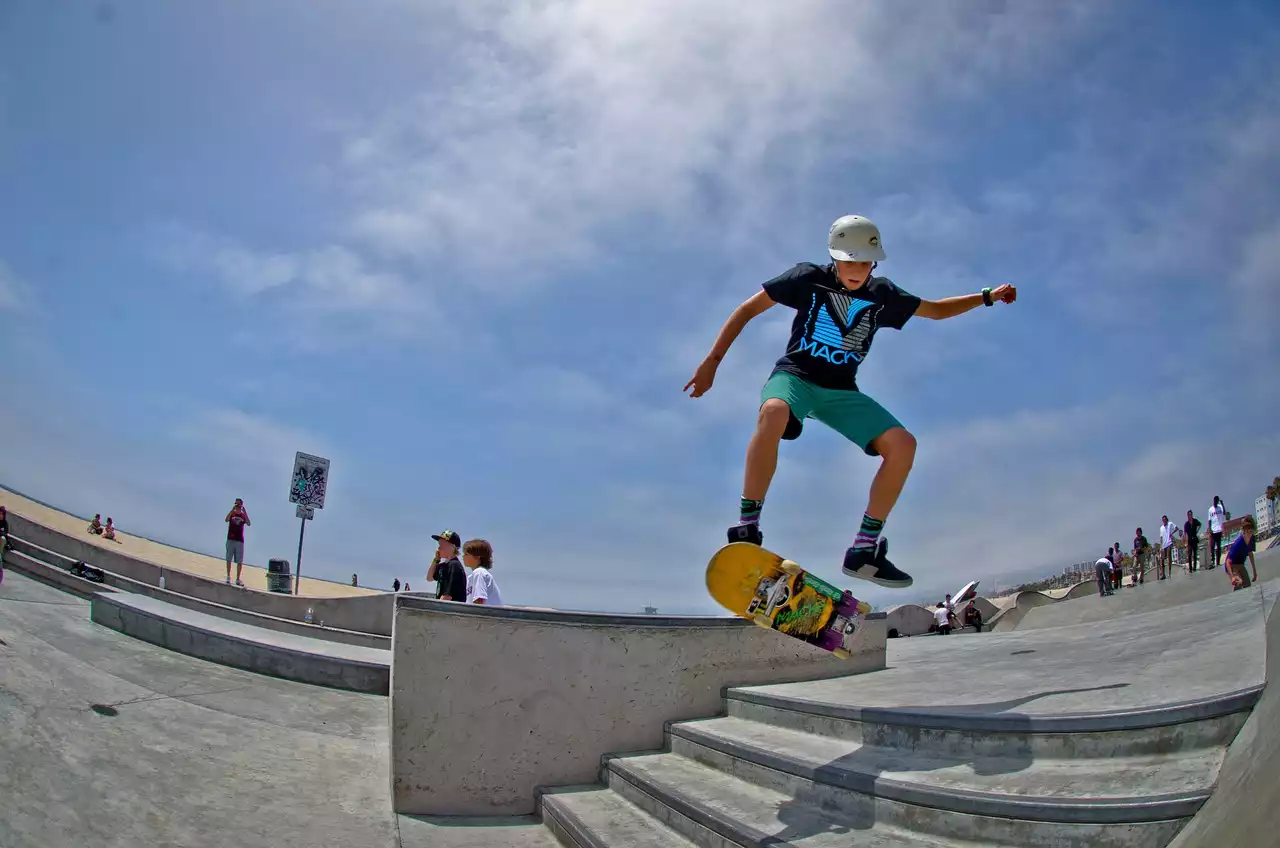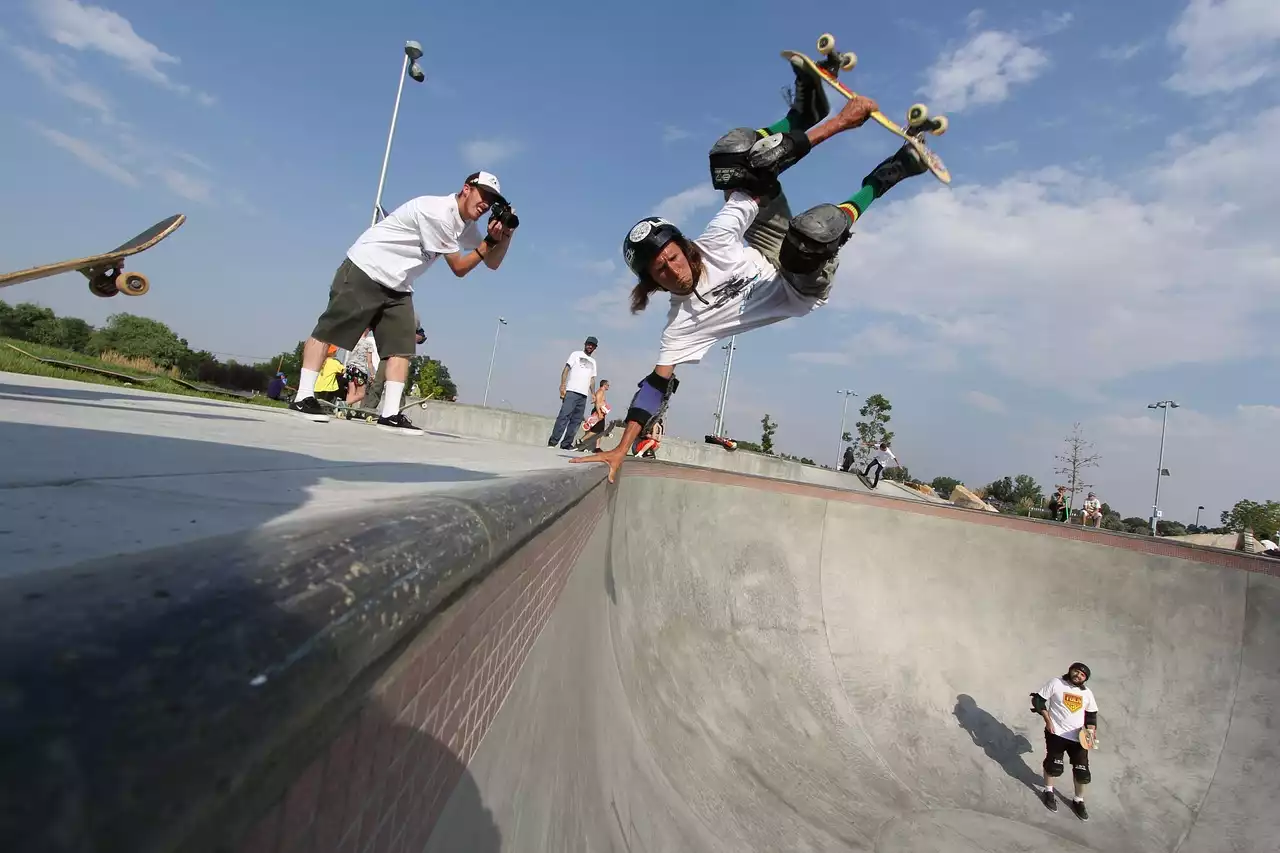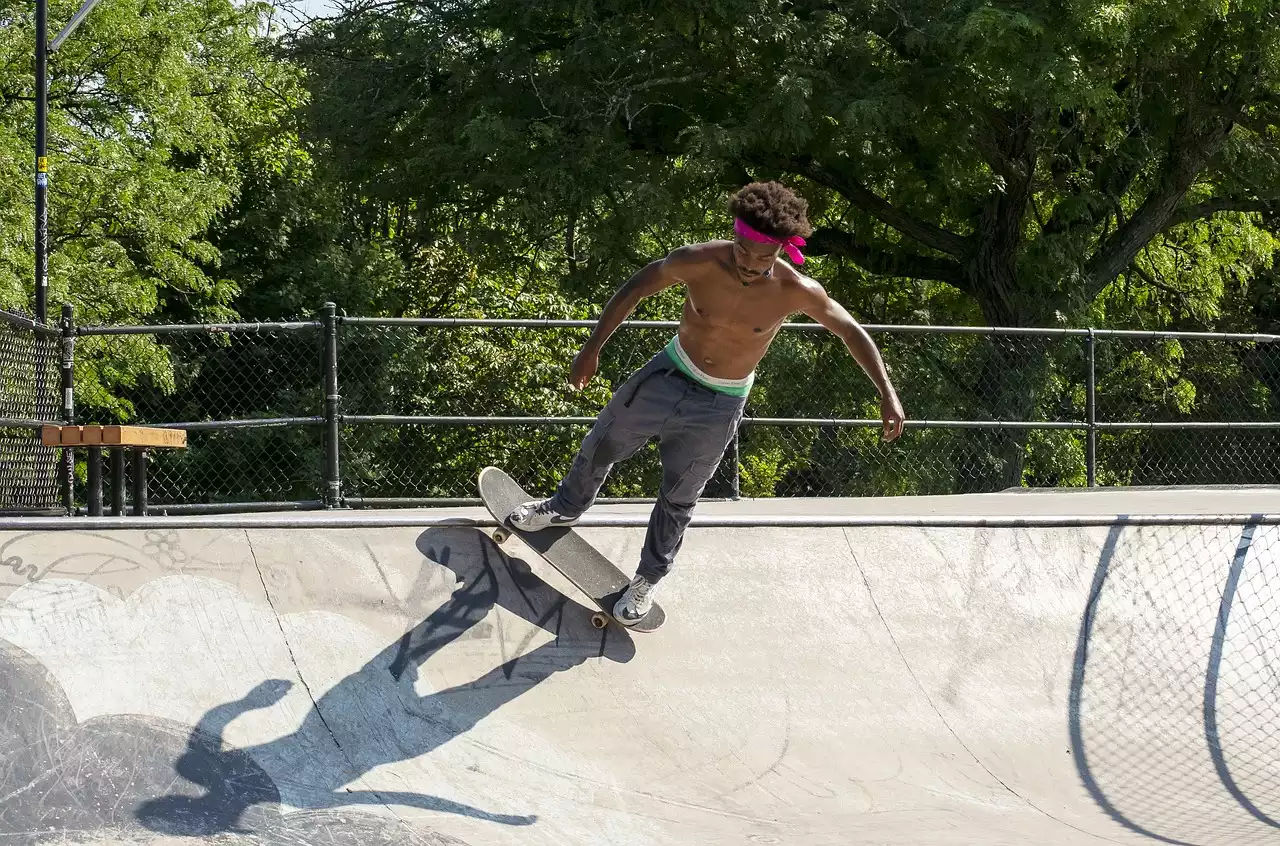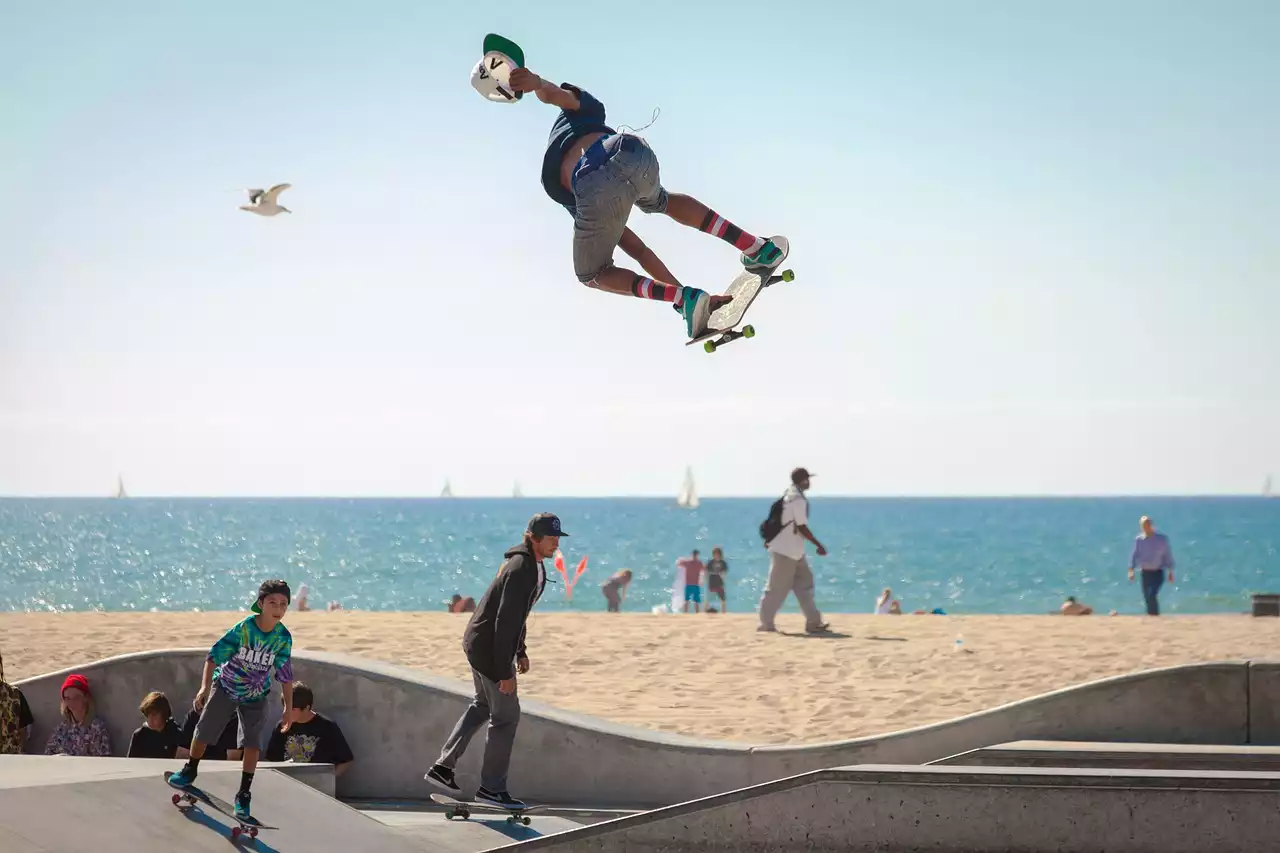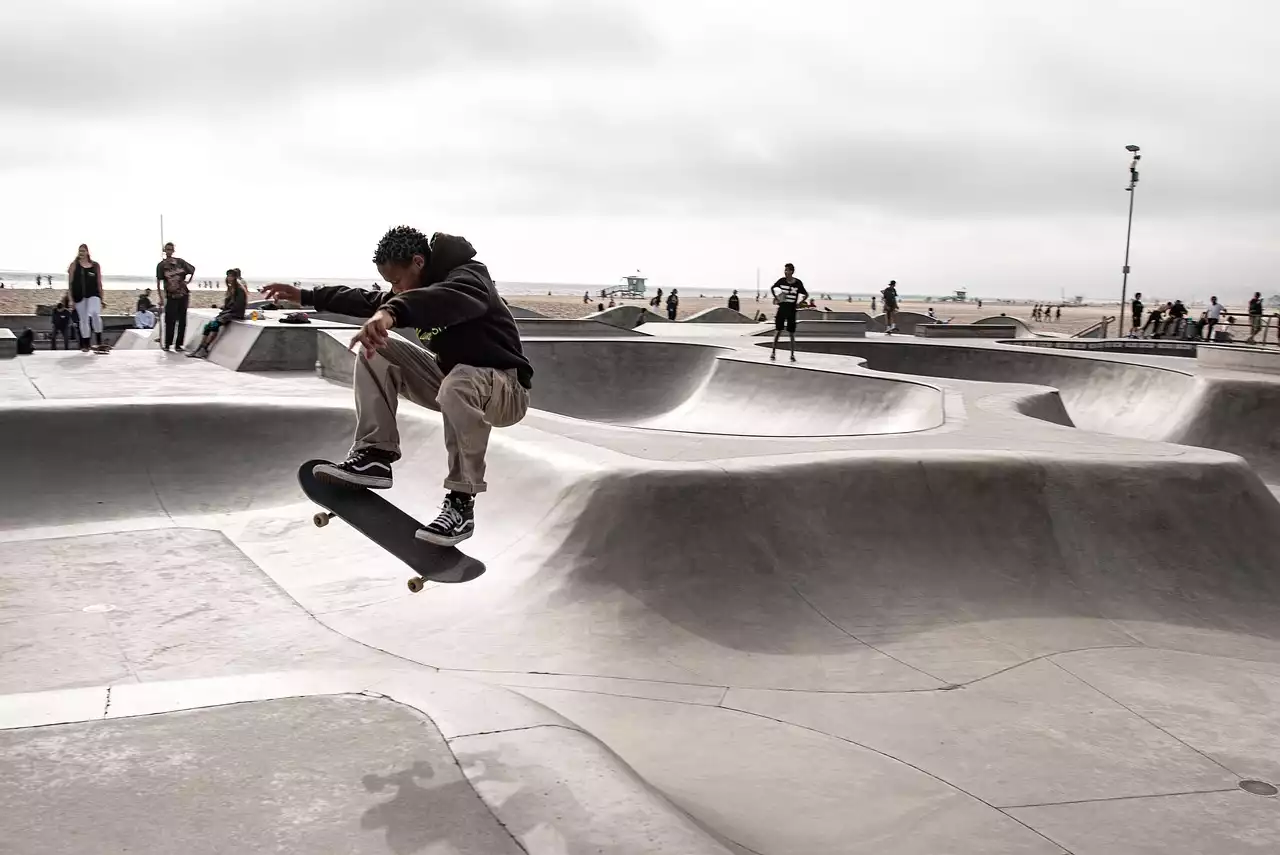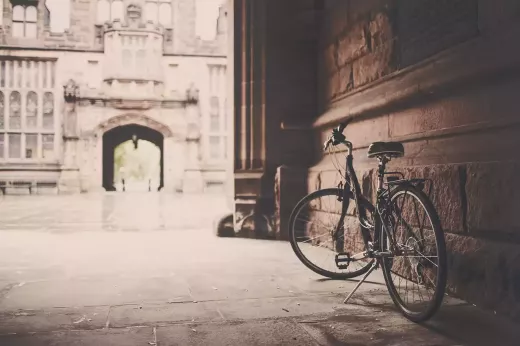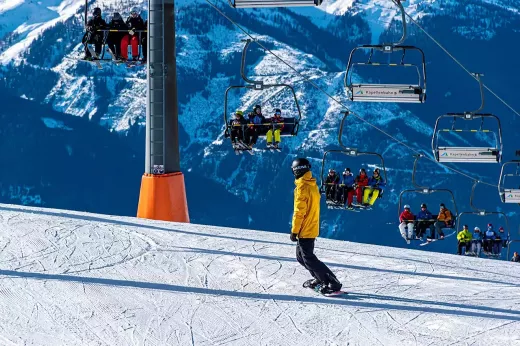The difference between street and transition skateboarding
While both street and transition skateboarding involve riding on a skateboard, the two styles are entirely different. Street skating involves performing tricks on flat surfaces and obstacles like stairs, curbs, and rails. On the other hand, transition skating involves riding on ramps, bowls, and pools. Transition skating requires a unique set of skills, including proper balance, control, and speed management. Unlike street skating, where you can stop or slow down whenever you want, transition skating requires you to maintain speed and flow to keep up with the transitions.
Transition skating is a more dynamic and challenging form of skateboarding that requires a different approach to tricks and techniques. In street skating, you can perform tricks anywhere, and your creativity is your limit. In transition skating, however, you need to follow the contours and shapes of the ramp, bowl or pool, which adds another level of complexity to the tricks.
Essential gear for transition skateboarding
Like any other sport, having the right gear is essential for transition skating. Here are some of the essential gear you'll need:
Skateboard
The first thing you need for transition skating is, of course, a skateboard. However, not all skateboards are created equal. For transition skating, you'll need a skateboard with a wider deck, bigger wheels, and trucks with a higher axle. The wider deck will give you more stability and control, while bigger wheels will help you maintain speed and smooth out the ride. Trucks with a higher axle will allow you to turn and carve more smoothly.
Helmet and Pads
Transition skating is a high-risk activity that can lead to serious injuries if you're not careful. Therefore, wearing a helmet and pads is crucial for your safety. A helmet will protect your head from injuries, while pads will protect your elbows, knees, and wrists from impacts.
Shoes
Skateboarding shoes are specially designed for the sport and provide better grip, support, and durability than regular shoes. When choosing skateboarding shoes for transition skating, look for shoes with a flat sole and good ankle support.
Tips for riding ramps - pumping, dropping in, and carving
Riding ramps is one of the essential skills in transition skating. Here are some tips to help you improve your ramp riding skills:
Pumping
Pumping is the technique of generating speed by compressing and extending your legs. To pump, start at the bottom of the ramp, bend your knees, and compress your legs. As you reach the top of the ramp, extend your legs and push down on the board to generate speed. Repeat this motion to maintain speed and flow.
Dropping in
Dropping in is one of the most challenging and intimidating skills in transition skating. It involves riding down the ramp from the top and requires you to commit fully to the drop. To drop in, stand at the top of the ramp, with your front foot over the edge and your back foot on the tail. Lean forward, push down on the tail, and drop in with your front foot. Keep your weight centered over the board, and use your legs to absorb the impact.
Carving
Carving is the technique of turning your board while riding up and down the ramp. To carve, shift your weight from one side to the other and turn your shoulders and hips in the direction you want to go. Use your feet to steer the board and maintain balance.
Tricks for riding bowls - grinds, airs, and slides
Riding bowls is another critical skill in transition skating. Here are some tricks to help you improve your bowl riding skills:
Grinds
Grinding is the technique of sliding your trucks along the coping of the bowl. To grind, approach the coping at an angle, and lock your trucks onto the coping. Lean forward and slide along the coping, using your feet to maintain balance.
Airs
Airs are one of the most thrilling tricks in transition skating. They involve jumping out of the bowl and performing tricks in the air before landing back on the board. To perform airs, gain speed, and approach the lip of the bowl. Pop your board off the coping and perform your trick in the air before landing back on the board.
Slides
Slides are the technique of sliding your board across the surface of the bowl. To slide, approach the wall of the bowl at an angle, and slide your board across the surface. Use your feet to maintain balance and control.
Techniques for riding pools - carving, pumping, and coping tricks
Riding pools is another challenging skill in transition skating. Here are some techniques to help you improve your pool riding skills:
Carving
Carving is the technique of turning your board while riding up and down the pool. To carve, shift your weight from one side to the other and turn your shoulders and hips in the direction you want to go. Use your feet to steer the board and maintain balance.
Pumping
Pumping is the technique of generating speed by compressing and extending your legs. To pump, start at the bottom of the pool, bend your knees, and compress your legs. As you reach the top of the pool, extend your legs and push down on the board to generate speed. Repeat this motion to maintain speed and flow.
Coping tricks
Coping tricks are the technique of performing tricks on the coping of the pool. To perform coping tricks, approach the coping at an angle, and lock your trucks onto the coping. Lean forward and perform your trick, using your feet to maintain balance and control.
Common mistakes to avoid while transition skateboarding
Transition skating is a challenging activity that requires practice and dedication. Here are some common mistakes to avoid while transition skating:
Not wearing protective gear
Not wearing protective gear is one of the most common mistakes in transition skating. Protective gear is essential for your safety and can prevent serious injuries.
Not committing fully to tricks
Not committing fully to tricks is another common mistake in transition skating. To perform tricks successfully, you need to commit fully and trust your skills.
Not maintaining speed and flow
Not maintaining speed and flow is another common mistake in transition skating. To ride transitions successfully, you need to maintain speed and flow to keep up with the transitions.
How to progress in transition skateboarding
Progressing in transition skating requires practice, dedication, and a willingness to try new things. Here are some tips to help you progress in transition skating:
Set goals
Setting goals is essential for progressing in transition skating. Set realistic goals and work towards them one step at a time.
Practice regularly
Regular practice is crucial for improving your skills in transition skating. Set aside time each week to practice and focus on improving your weaknesses.
Learn new tricks
Learning new tricks is an excellent way to progress in transition skating. Try new tricks and techniques, and don't be afraid to fail.
Finding transition skateparks near you
Finding transition skateparks near you is easy with the help of the internet. Use skateboarding websites and forums to find local skateparks and transition spots. You can also use social media to connect with other skaters in your area and find new spots to skate.
Transition skating is an exhilarating and challenging form of skateboarding that requires a unique set of skills. Whether you're a beginner or an experienced skater, mastering the art of transition skating can be a rewarding experience. With the right gear, technique, and mindset, you can improve your skills and take your skateboarding to the next level. So, grab your board and start practicing!
